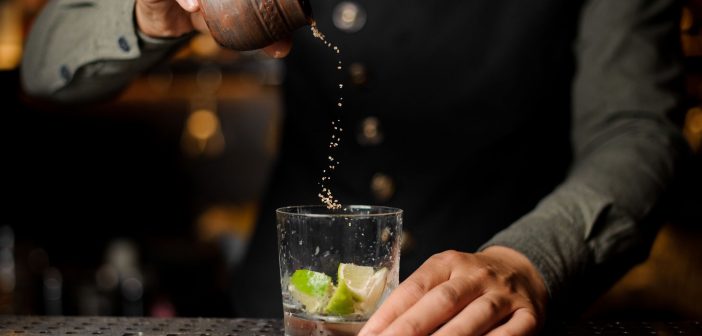The preparation and quantities are nearly always the same, but by varying the ingredients you can surprise your friends with different types of fruit
The traditional caipirinha, known universally by Brazilians, is made with only a few basic ingredients: 70ml of cachaça, 2 tablespoons of sugar, 1 lime, ice and cachaça (Portuguese pronunciation: [kaˈʃasɐ]) is a distilled spirit made from fermented sugarcane juice and can be found in many supermarkets in the UK.
Simple enough, but be warned, if you don’t know what you’re doing your cocktail might not go down quite as expected. Preparing the perfect caipirinha is an art, and today we will show you how to be the artist. Let’s get started.
Glass – use a classic tumbler, preferably one that widens from its base to its rim (you fit more in that way).
Lime – it should be medium-sized, and not too hard or too soft. The peel should be a rich, green colour, and smooth to the touch. Where possible, use a Brazilian lime. Cut into 8 pieces and remove any white bits, to avoid any bitterness. Place in the glass with the peel faced downwards.
Sugar – opt for white refined sugar. Sprinkle two tablespoons over the lime.
Now, in the glass, you need to knead the lime and sugar, so as to squeeze out as much lime juice as possible. You can use a range of implements to do this, but take care not to use too much force and break the coating of the peel (this will release a bitter taste).
Mix the ingredients well, add 70ml of cachaça (a double-dose) and shake well, adding plenty of ice to ensure your drink hits the mark and quenches your thirst.
Enjoy, you’ve just made the perfect caipirinha!
For more recipes and ideas for caipirinhas and Brazilian cocktails visit our “Caipirinhas and Co.” section or click here

















